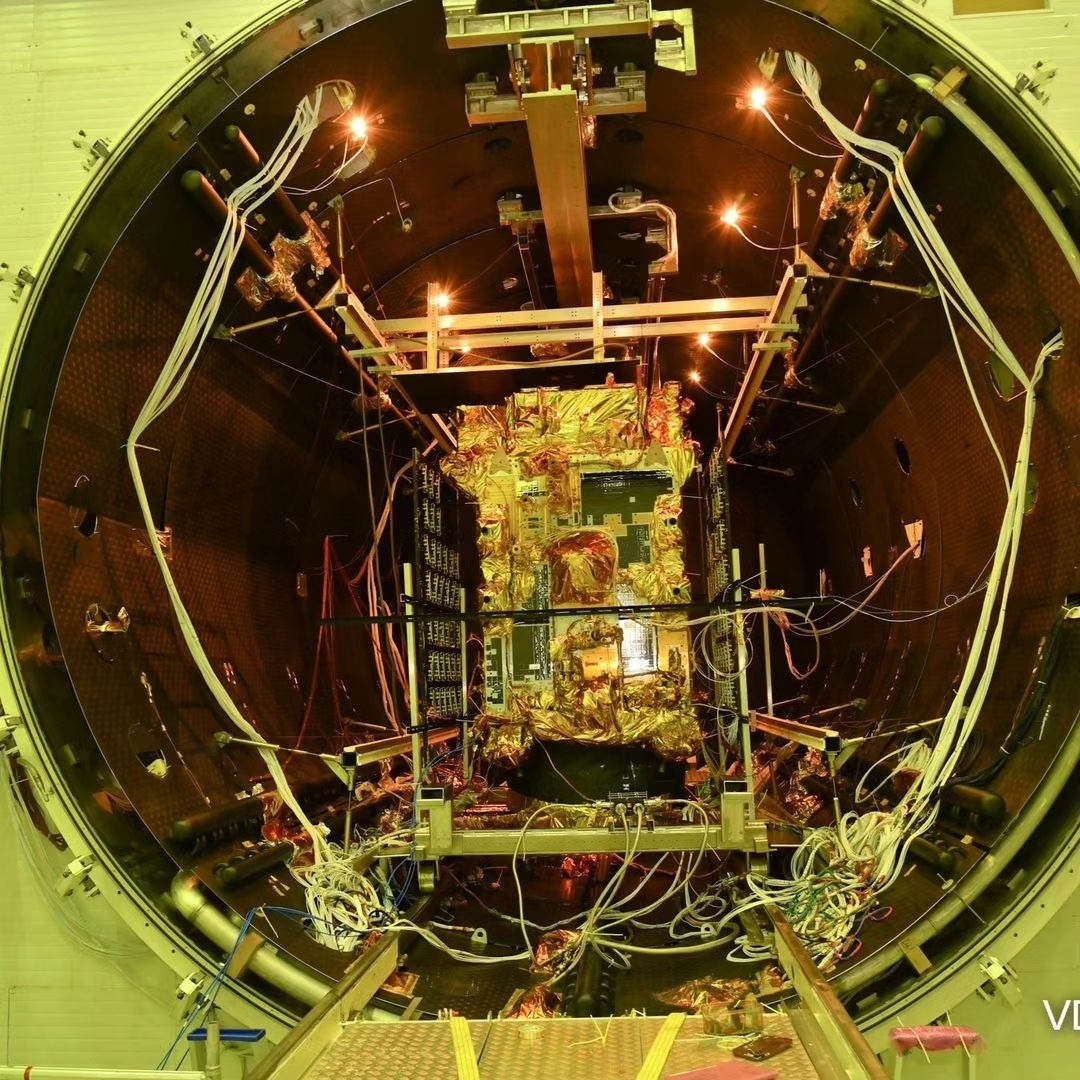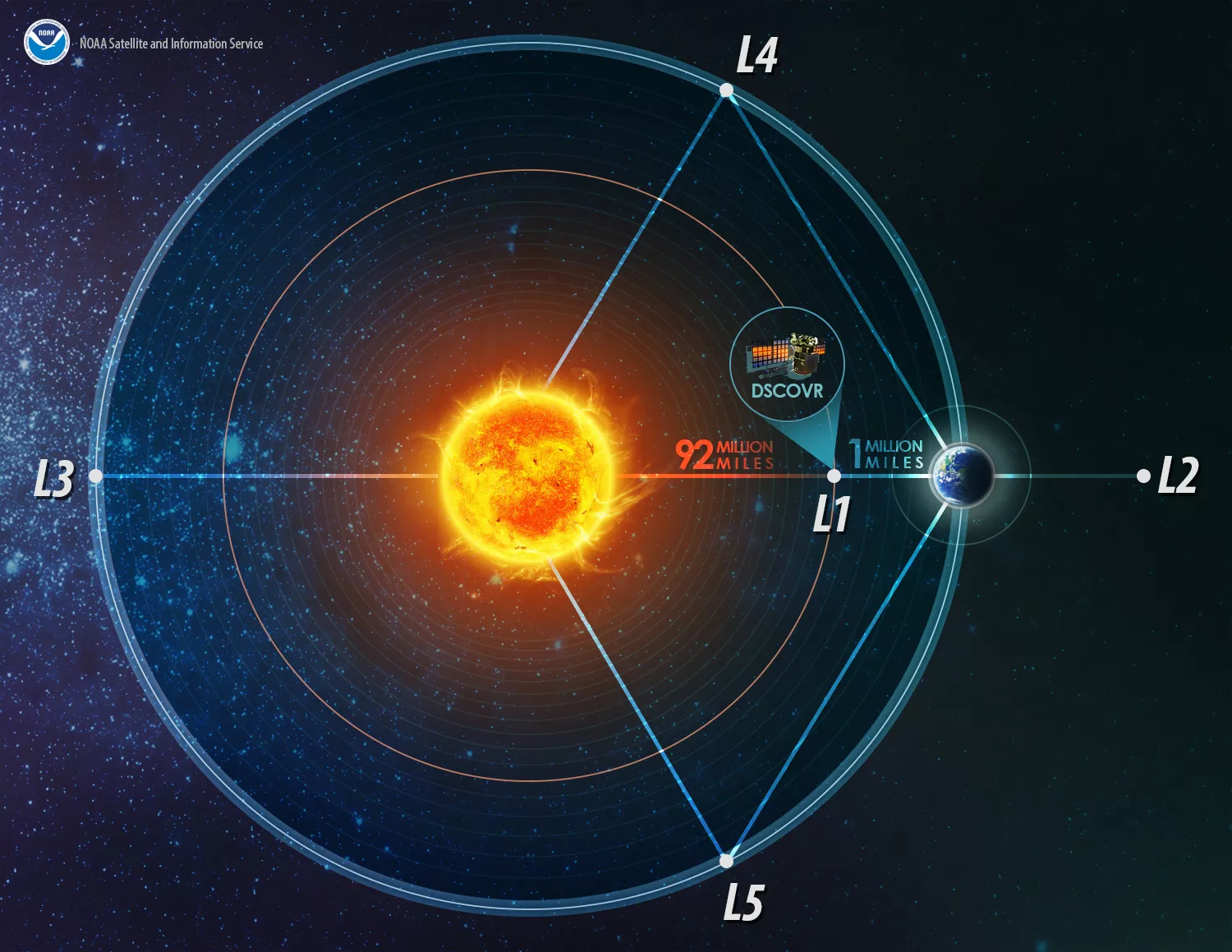Table of Contents
Introduction
The year 2023 is going to be remarkable for India for its space explorations. After Chandrayaan-3, Indian Space Research Organisation (ISRO) has announced on Monday (August 14) that India’s first space-based solar observatory, PSLV-C57/Aditya-L1 Mission, is ready to launch. ISRO released images of the Aditya-L1 mission — the space agency’s first attempt to study the Sun. The Satellite is being integrated with PSLV launch vehicle at the Satish Dhawan Space Center (SDSC) in Sriharikota, Andhra Pradesh. Tentative launch date of this mission is 2nd September 2023.
PSLV-C57/Aditya-L1 Mission:
Aditya-L1, the first space-based Indian observatory to study the Sun ☀️, is getting ready for the launch.
The satellite realised at the U R Rao Satellite Centre (URSC), Bengaluru has arrived at SDSC-SHAR, Sriharikota.
More pics… pic.twitter.com/JSJiOBSHp1
— ISRO (@isro) August 14, 2023
Why name Aditya L1?
Aditya is synonym of ‘Sun’, and ‘L1’ stands for ‘Lagrangian point 1’. We will discuss the meaning and significance of Lagrangian point further in the article.
Why is studying the Sun important?
Sun:
The Sun is the nearest star to the Earth and the largest object in the solar system. The estimated age of sun is about 4.5 billion years. The process of nuclear fusion takes place continuously in the core of the Sun; therefore the temperature of the core may reach up to 15 million degrees Celsius. The distance to the sun from the earth is about 150 million kilometres, and is important source of energy for whole solar system. Existence of life on Earth is not possible without Solar energy.
Another significant phenomenon of Sun is it’s the gravitational force which holds all the objects of the solar system together. The surface which we can see from earth known as photosphere is relatively cool and has approximate temperature of 5,500°C.
There are continuous radiations, magnetic field and solar particles (Solar Wind) emitted by Sun, which affects the Earth’s atmosphere. Sun shows several eruptive phenomena such as CME (Coronal Mass Ejection) which releases immense amount of energy in the solar system. If such eruptions directed towards Earth, it may affect various spacecrafts and communication system. Early warnings in these types of situations will be beneficial.
What is the Aditya L1 mission?
The Aditya-L1 is first Indian space mission designed to study the Sun. The spacecraft in this mission is planned to be placed in a halo orbit around Lagrangian point 1 (called as L1). This point is about 1.5 million km from Earth. This distance is approximately 1% of the Earth-Sun distance (that means it is very close to Earth as compared to Sun).

Travel time
As per ISRO, Total travel time for Aditya L1 from launch to reach L1 point is about four months. Similar to Chandrayaan-3, initially the spacecraft will be placed in a low earth orbit. Subsequently, the orbit will be made more elliptical and later the spacecraft will be launched towards the Lagrange point L1 by using on-board propulsion. As the spacecraft travels towards L1, it will exit the earths’ gravitational Sphere of Influence (SOI). After exit from SOI, the cruise phase will start and subsequently the spacecraft will be injected into a large halo orbit around L1.

Payloads
There are total seven payloads in this satellite to observe the photosphere, chromosphere, and the outermost layers of the Sun (the corona)
These payloads are categorised into two as follows:
- Remote sensing payloads: four in numbers for remote sensing of the Sun
- In-situ payloads: three in numbers for in-situ study of particles and fields while rotating around point L1.
Details of payloads are given in the table below: (Source: ISRO)
|
Type |
SI.No. |
Payload |
Capability |
Developed by |
|
Remote Sensing Payload |
1 |
Visible Emission Line Coronagraph (VELC) |
Corona/Imaging & Spectroscopy |
Indian Institute of Astrophysics, Bangalore |
|
2 |
Solar Ultraviolet Imaging Telescope (SUIT) |
Photosphere and Chromosphere Imaging- Narrow & Broadband |
Inter University Centre for Astronomy & Astrophysics , Pune |
|
|
3 |
Solar Low Energy X-ray Spectrometer (SoLEXS) |
Soft X-ray spectrometer: Sun-as-a-star observation |
U R Rao Satellite Centre, Bangalore |
|
|
4 |
High Energy L1 Orbiting X-ray Spectrometer(HEL1OS) |
Hard X-ray spectrometer: Sun-as-a-star observation |
U R Rao Satellite Centre, Bangalore |
|
|
In-situ Payloads |
5 |
Aditya Solar wind Particle Experiment(ASPEX) |
Solar wind/Particle Analyzer Protons & Heavier Ions with directions |
Physical Research Laboratory, Ahmedabad |
|
6 |
Plasma Analyser Package For Aditya (PAPA) |
Solar wind/Particle Analyzer Electrons & Heavier Ions with directions |
Space Physics Laboratory, VSSC, Thiruvananthapuram |
|
|
7 |
Advanced Tri-axial High Resolution Digital Magnetometers |
In-situ magnetic field (Bx, By and Bz). |
Laboratory for Electro Optics Systems, Bangalore |
What is L1??
L1 refers to Lagrangian /Lagrange Point 1, one of five points in the orbital plane of the Earth-Sun system. For two body gravitational systems, there are total five Lagrange points denoted as L1, L2, L3, L4 and L5. Lagrange Points, named after Italian-French mathematician Josephy-Louis Lagrange, are the points at which the gravitational pull of the two large bodies equals the necessary centripetal force required for a small object to move with them. Or simply we can say that, Lagrangian points are where all the gravitational forces acting between two objects cancel each other out and therefore can be used by spacecraft to ‘hover’. Therefore, these points can be used by spacecraft to reduce fuel consumption needed to remain in position.
The Lagrange points for Sun-Earth system are shown in the figure below.

The main advantage of L1 point is, if we place satellite at this point, it can continuously monitor Sun, without any disruptions such as eclipse etc. This point is at close distance from Sun, and it is easier for the satellite to obtain information about it’s atmosphere and magnetic field.
Solar and Heliospheric Observatory Satellite (SOHO), an international collaboration project of NASA and the European Space Agency (ESA), is stationed at L1 point.
Mission Objectives
The primary objectives of the Aditya L1 Mission revolve around studying the Sun’s outermost layer, the corona, the processes that drive the solar wind and magnetic field.
This mission aims to:
Study the Coronal Dynamics: The corona, the Sun’s outer atmosphere, is significantly hotter than its surface, defying conventional thermodynamic expectations. Aditya L1 intends to study the mechanisms responsible for this temperature difference and the processes driving the corona’s dynamic behaviour, such as solar flares and coronal mass ejections.
Understand Solar Wind: Solar wind, a stream of charged particles emanating from the Sun, influences space weather and has implications for Earth’s magnetosphere. Aditya L1 aims to investigate the origin and acceleration mechanisms of solar wind particles and how they interact with the interplanetary medium.
Magnetic Field Mapping: The Sun’s magnetic field is responsible for its various activities, including sunspots and solar flares. This mission seeks to map the Sun’s magnetic field to comprehend its impact on the solar atmosphere and its role in shaping solar events.
NASA’s Parker Solar Probe
NASA’s Parker Solar Probe launched in 2018, is studying our star from closer than any other spacecraft. NASA claimed on Dec. 14, 2021 that, the Parker Solar Probe touched the Sun’s upper atmosphere – the corona – and sampled particles and magnetic fields there. This is the first instance in the history of mankind that a spacecraft had touched the Sun.

Conclusion
The Aditya L1 Mission represents a remarkable stride in India’s space exploration journey. By peering into the heart of our solar system’s powerhouse, this mission promises to unlock secrets that have fascinated scientists for decades. Scientists have high hopes for this mission, which is expected to elucidate the physics of the solar corona and its heating mechanism, magnetic field, and the development of Coronal Mass Ejections (CME). As the mission progresses and data starts flowing in, scientists and space enthusiasts around the world eagerly await the revelations that Aditya L1 will bring, expanding our comprehension of the cosmos and paving the way for future space exploration endeavors.
You can also read:
1.“Shocking revelation by Chandrayaan 3”
2.Chandrayaan-3: Complete info, Update, Landing, Images
3.ChatGPT vs. BARD: Unveiling the Differences, Pros, and Cons. How to access?
4.Future of Electric Vehicles in India: Accelerating Towards Sustainable Mobility


5 thoughts on “Aditya L1 Mission: Key Features, Launch Date, Travel Time, Payloads, Mission Objectives, Budget”